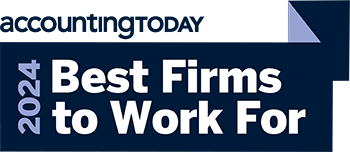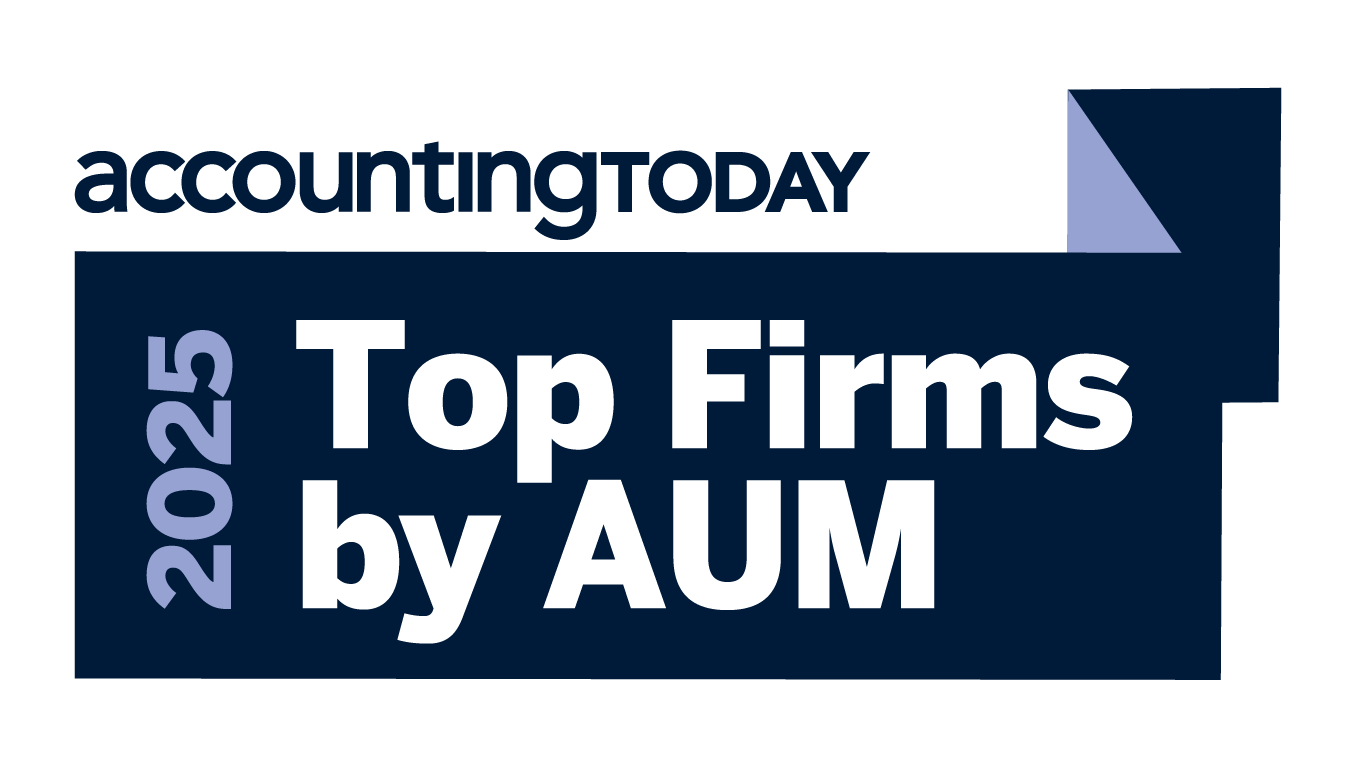2025 Fair Lending OutlookStrategic Compliance in a Shifting Enforcement Landscape
7/30/2025 - By Lorraine Faust, CRCM
Fair lending compliance is once again in flux. President Trump’s second administration has brought new priorities and raised questions about the direction of enforcement across federal agencies. Early communications from the Consumer Financial Protection Bureau (CFPB) indicate a move away from statistical redlining cases and a renewed focus on clear consumer harm. Meanwhile, examination volume is expected to decline, and formal guidance from other regulatory agencies remains limited.
For financial institutions, this environment presents a complex challenge. While some may view the current climate as a temporary reprieve, the long statute of limitations under fair lending laws means that today’s practices will remain subject to scrutiny under future administrations. Courts may still apply traditional theories of discrimination regardless of executive branch priorities, and state-level enforcement continues to evolve in its own direction.
In this context, institutions should focus on maintaining well-documented, consistently implemented fair lending programs that can withstand both current ambiguity and future examination. This article summarizes the latest signals from regulators, shares what we’re hearing on the ground, and highlights the infrastructure investments institutions should consider to navigate this period of uncertainty with confidence.
Signals from Agencies and Emerging Priorities
Understanding current regulatory expectations requires close attention to agency statements, enforcement patterns, and examination findings. While formal guidance remains limited, several indicators provide insight into evolving areas of focus.
CFPB Statements and Enforcement Direction
The CFPB has publicly indicated a revised enforcement posture. According to an April 2025 memo from Mark R. Paoletta, the CFPB’s Chief Legal Officer, the Bureau will prioritize larger institutions, focus on remediation over penalties, and avoid actions based solely on statistical evidence or novel legal theories. Early signals also suggest that the agency will:
- Refocus supervisory attention on large depository institutions, reversing the agency’s recent emphasis on nonbanks.
- Cut the overall number of exams by 50%, emphasizing collaboration, correction, and redress rather than penalties.
- Prioritize mortgage lending, fraud, and consumer harm—with a particular focus on servicemembers and veterans.
- Limit fair lending enforcement to cases involving intentional discrimination and identifiable victims, avoiding actions based solely on statistical models.
- Defer to state and federal regulators where they are already active, reducing duplicative oversight.
These priorities mark a significant departure from prior policy. While they offer insight into the Bureau’s approach, they are not binding on other regulators, and institutions should be cautious about making major strategic changes based on this memo alone.
The Long Lookback: DOJ Enforcement Patterns
Despite the changing enforcement rhetoric outlined above, fair lending enforcement typically spans multiple administrations. A recent analysis of Department of Justice (DOJ) fair lending cases illustrates that many redlining actions brought during the Biden administration targeted conduct that occurred under the Trump administration. This reflects the five-year statute of limitations under fair lending laws and underscores the backward-looking nature of enforcement.
For example, although redlining cases were relatively rare during President Trump’s first term, President Biden’s administration secured $107 million in relief for communities of color through its Combating Redlining Initiative. The takeaway is clear: today’s decisions may be judged years from now under very different political leadership.
New Examination Practices and Evolving Expectations
Examiners are beginning to implement changes that reflect both regulatory realignment and evolving risk management standards. Institutions should monitor these developments closely and prepare for new expectations in several key areas.
Commercial Loan Pricing Strategy Requirements
Recent examinations, particularly those conducted by the FDIC, have included findings requiring community banks to document commercial loan pricing strategies. This expectation is relatively new and has been targeted primarily to institutions with significant commercial loan portfolios and smaller consumer loan portfolios. Institutions should prepare by developing defensible, documented pricing methodologies that demonstrate consistent application of risk-based factors.
Comparative File Reviews and Documentation Focus
While disparate impact claims may be deprioritized, the shift toward disparate treatment enforcement makes comparative file reviews increasingly important. Institutions should focus on documenting consistent policy implementation, especially around credit and pricing exceptions. These reviews provide a structured mechanism to demonstrate equal treatment across protected classes, even when statistical analysis is not employed.
Opportunity to Strengthen Compliance Infrastructure
The current period of regulatory uncertainty offers a strategic opportunity to reinforce compliance infrastructure across all areas; not just fair lending. Even if examination volume temporarily decreases, the institutions that invest in documentation, monitoring, and policy alignment now will be better positioned for future scrutiny.
Broader Compliance Management System (CMS) Enhancements
Now is the time for institutions to assess and enhance their CMS holistically, including fair lending programs. Effective fair lending systems include:
- Clear and objective pricing methodologies and credit standards
- Clearly defined and documented mitigants for pricing and credit decision exceptions
- Consistent exception management processes
- Monitoring systems that flag emerging disparities or policy drift
- Regular comparative file reviews
- Ongoing training
- Risk analyses for new products, third-party relationships and marketing initiatives
- Annual fair lending risk assessments
- Complaint management processes
Investing in these areas now can reduce long-term regulatory risk while improving responsiveness to future examination demands.
Preparing for Examinations with Strong Documentation
Regulators are increasingly emphasizing consistent implementation and documented practices over purely statistical outcomes. Institutions should prioritize clear, structured documentation that allows examiners to trace decision-making processes and verify compliance.
Documentation frameworks should include:
- Rate sheets and pricing models with documented risk factors
- Thorough credit decision documentation
- Exception approval protocols with centralized tracking
- Training logs and testing records to support staff competency
- Complaint tracking and trend analyses
- Committee packages and minutes evidencing awareness and issue escalation
These practices not only support compliance but also enhance management’s ability to identify and address emerging risks internally.
Sustaining Compliance Through Policy Shifts
Ultimately, compliance strategies should be built to outlast any single administration. While regulatory priorities may shift, the underlying legal requirements under the Equal Credit Opportunity Act and Fair Housing Act remain constant. Courts, state attorneys general, and future regulators may all enforce these laws using data from today.
Institutions that maintain well-documented, consistently implemented policies—regardless of external shifts—will be better equipped to withstand regulatory scrutiny in any environment. That includes continuing to evaluate policies for fairness, ensuring transparency in pricing, and applying standards uniformly across all protected classes.
Contact Saltmarsh for Expert Fair Lending Support
Navigating today’s regulatory environment requires deep expertise and proactive planning. Saltmarsh’s Fair Lending and Data Analytics team brings decades of experience helping financial institutions build strong, defensible compliance programs.
Our services include program reviews, risk assessments, regression and statistical testing, comparative file reviews, redlining and peer benchmarking analyses, examination preparation, and general fair lending advisory support.
Whether your institution is preparing for an upcoming exam or seeking to strengthen its overall compliance posture, Saltmarsh can provide the technical insight and hands-on support you need.
Contact us today to discuss how we can help your institution manage fair lending risk and prepare for what’s ahead.
About the Author | Lorraine Faust, CRCM
Lorraine is the director of Fair Lending/Fair & Responsible Banking at Saltmarsh, Cleaveland & Gund. With over 30 years of expertise in the financial services industry, Lorraine has worked across small, mid-size and large financial institutions in internal audit and compliance. During her career, she has served as an internal consultant providing a common-sense approach to regulatory change management, policy and procedures, product reviews, fair lending and redlining analysis, merger and acquisition due diligence and risk assessments. Lorraine has handled regulatory relations and assisted examinations conducted by the Federal Deposit Insurance Corporation (FDIC), Federal Reserve Board (FRB) and Consumer Financial Protection Bureau (CFPB).
Related Posts
- Leading ALM & IRR Management: Best Practices for Financial Institutions
- Celebrating 20 Years of BankTalk
- Celebrating Excellence in Financial Institutions Consulting
- Proposed FDICIA Rule Could Eliminate HUD Audit
- BankTalk 2025: Who Is It For & What Should You Expect?
- 2025 Fair Lending Outlook
- Asset-Liability Management IRR Modeling 2025
- What Community Banks Need to Know About the Fed's Interest Rate Policy
- CFPB's Regulatory Shake-Up
- BankChat 2025: Saltmarsh Financial Institutions Takes Nashville
- The Future of ACH Compliance: Insights on Nacha's Latest Rules
- Regulation CC Update Summary
- Saltmarsh Strenghthens Fair Lending Services
- From the Asset-Liability Management Trenches: A Focus on Liquidity 2024
- Unlocking the Power of ACH Compliance Reviews: Requirements and Benefits for Third-Party Senders and Service Providers
- Safeguarding Against ACH Fraud: Ten Essential Steps for Financial Institutions and Businesses
- ICYMI: An Important Reminder About the CRA Public File, and More
- Understanding ACH Risk Assessments: A Crucial Requirement of the Nacha Rules
- Nacha's Updated Written Statement of Unauthorized Debit: Should You Update Your WSUD Forms?
- Saltmarsh Hosts 18th Annual BankTalk
- Jay Newsome Joins Financial Institution Consulting Group & Expands Firm's Alabama Market Presence
- Best Practice Ideas from the Asset-Liability Management Trenches
- Managing Risk: Fraud Deterrence Is Always a Priority
- Webinar on Demand: Getting to Know FedNow, Now
- Nacha's 2023 Rules Updates: Are You Affected?
- View All Articles






